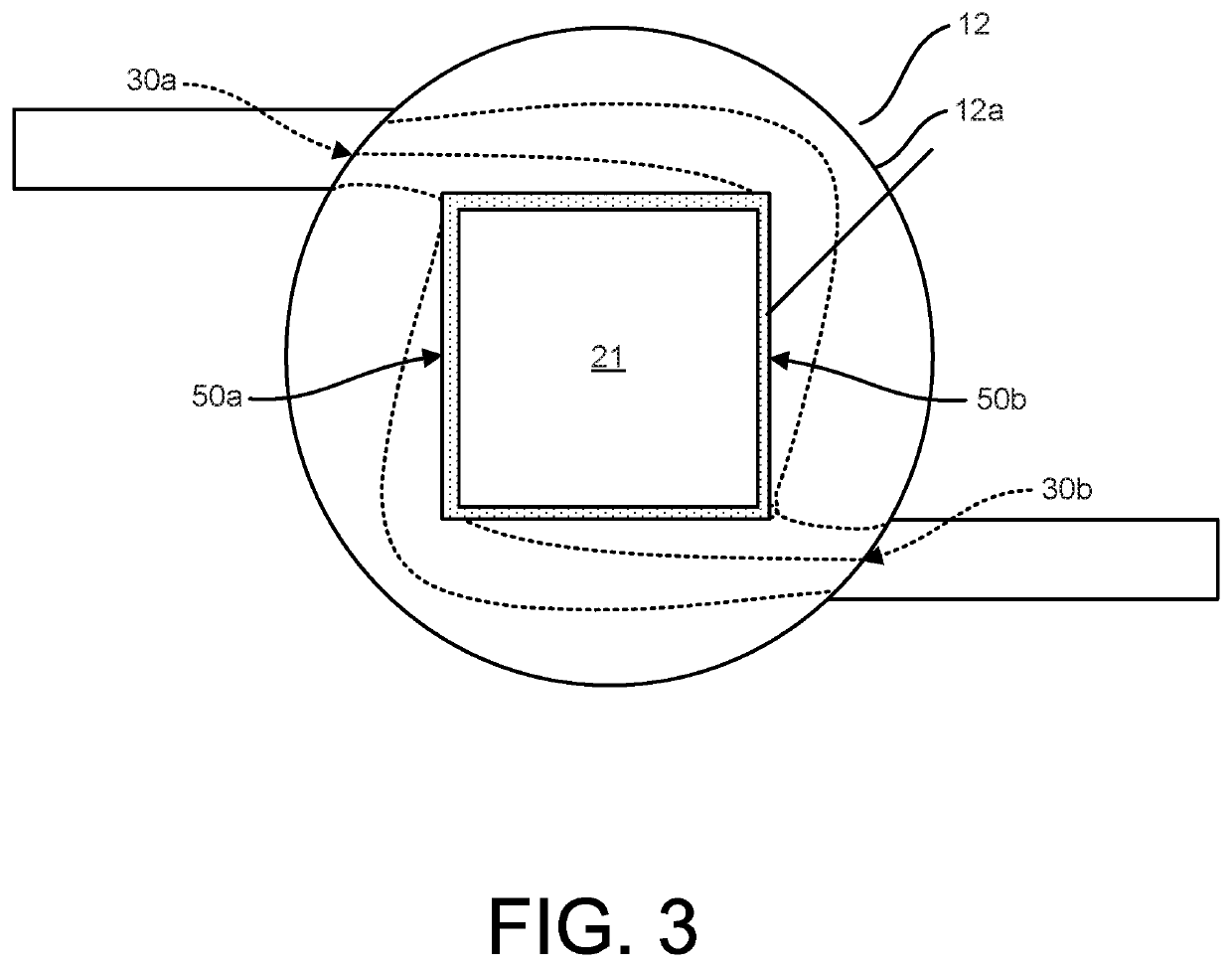LOW NOx CALCINER
a calciner and low nox technology, applied in the field of calciner units, can solve the problems inability to achieve low nox emission, and need to add a proportion of uncalcined raw meal, etc., and achieve the effect of low nox emission and high combustion efficiency
- Summary
- Abstract
- Description
- Claims
- Application Information
AI Technical Summary
Benefits of technology
Problems solved by technology
Method used
Image
Examples
Embodiment Construction
[0013]As shown in FIG. 1, the calciner of the present invention has an upper portion 11a and a lower portion 11b. A NOx reduction zone 12 is located in the lower portion 11b and a tertiary air inlet 13 is located in the upper portion 11a. Typically, the NOx reduction zone 12 has a refractory layer 12a on the inside surface thereof. The tertiary air inlet 13 is designed to introduce tertiary air into the upper portion 11a. There is also a main calciner meal inlet 20 located above the NOx reduction zone 12 for introducing a main calciner meal portion into the upper portion 11a.
[0014]Kiln gas can be introduced into the calciner 11 via the riser unit 21. One or more fuel inlets 50a, 50b can be provided for providing a fuel rich hot core in the kiln gas can be provided in or below a NOx reduction zone 12, e.g. in the riser unit 21. The kiln exhaust gas / fuel suspension is directed up into the NOx reduction zone 12. Raw-meal can be introduced tangentially in the NOx reduction zone 12 via ...
PUM
| Property | Measurement | Unit |
|---|---|---|
| combustion temperature | aaaaa | aaaaa |
| combustion temperature | aaaaa | aaaaa |
| refractory | aaaaa | aaaaa |
Abstract
Description
Claims
Application Information
 Login to View More
Login to View More - R&D
- Intellectual Property
- Life Sciences
- Materials
- Tech Scout
- Unparalleled Data Quality
- Higher Quality Content
- 60% Fewer Hallucinations
Browse by: Latest US Patents, China's latest patents, Technical Efficacy Thesaurus, Application Domain, Technology Topic, Popular Technical Reports.
© 2025 PatSnap. All rights reserved.Legal|Privacy policy|Modern Slavery Act Transparency Statement|Sitemap|About US| Contact US: help@patsnap.com



